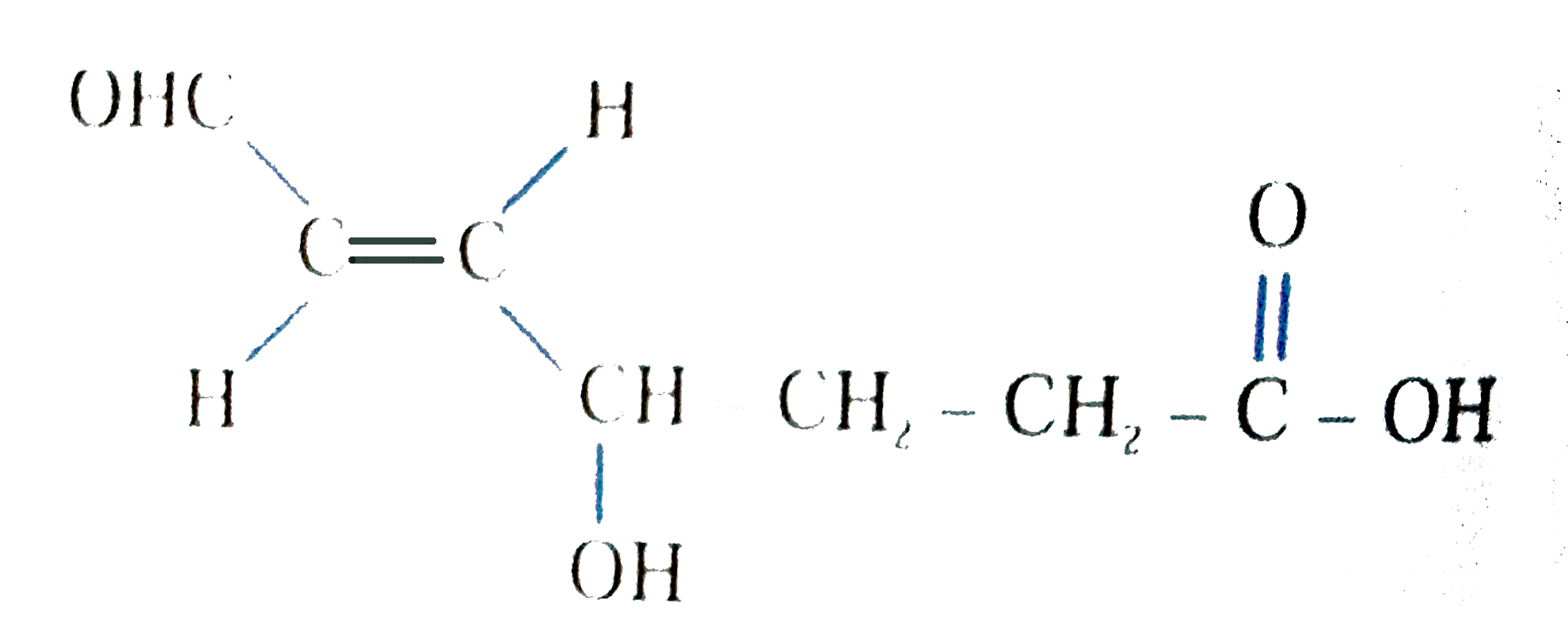2A+B→D+E, for the reaction proposed mechanism A+B→C+D (slow), A+C→E (fast). The rate law expression for the reaction is
r=K[A]2[B]
r=K[A][B]
r=K[A]2
r=K[A][C]
The correct Answer is:B
To derive the rate law expression for the given reaction and its proposed mechanism, we can follow these steps:
Step 1: Identify the overall reaction and the proposed mechanism
The overall reaction is:
2A+B→D+E
The proposed mechanism consists of two steps:
1. A+B→C+D (slow step)
2. A+C→E (fast step)
Step 2: Determine the rate-determining step
In a reaction mechanism, the rate-determining step (RDS) is the slowest step. This step controls the rate of the overall reaction. Here, the slow step is:
A+B→C+D
Step 3: Write the rate law based on the rate-determining step
The rate law for a reaction is expressed in terms of the concentrations of the reactants involved in the rate-determining step. Since the slow step involves reactants A and B, the rate law can be written as:
Rate=k(A)m(B)n
where k is the rate constant, and m and n are the orders of the reaction with respect to A and B, respectively.
Step 4: Determine the orders of the reaction
For the slow step A+B→C+D, the stoichiometry suggests that the order with respect to A is 1 and the order with respect to B is also 1. Therefore:
m=1andn=1
Step 5: Write the final rate law expression
Combining all the information, the rate law expression for the overall reaction is:
Rate=k(A)1(B)1
or simply:
Rate=k(A)(B)
Conclusion
The rate law expression for the reaction 2A+B→D+E based on the proposed mechanism is:
Rate=k(A)(B)
The overall reaction is:
2A+B→D+E
1. A+B→C+D (slow step)
2. A+C→E (fast step)
In a reaction mechanism, the rate-determining step (RDS) is the slowest step. This step controls the rate of the overall reaction. Here, the slow step is:
A+B→C+D
The rate law for a reaction is expressed in terms of the concentrations of the reactants involved in the rate-determining step. Since the slow step involves reactants A and B, the rate law can be written as:
Rate=k(A)m(B)n
where k is the rate constant, and m and n are the orders of the reaction with respect to A and B, respectively.
For the slow step A+B→C+D, the stoichiometry suggests that the order with respect to A is 1 and the order with respect to B is also 1. Therefore:
m=1andn=1
Combining all the information, the rate law expression for the overall reaction is:
Rate=k(A)1(B)1
or simply:
Rate=k(A)(B)
The rate law expression for the reaction 2A+B→D+E based on the proposed mechanism is:
Rate=k(A)(B)
Topper's Solved these Questions
- BOOK - NARAYNACHAPTER - CHEMICAL KINETICS EXERCISE - EXERCISE -1 (H.W) ORDER OF REACTION11videos
CHEMICAL KINETICS
- BOOK - NARAYNACHAPTER - CHEMICAL KINETICS EXERCISE - EXERCISE -1 (H.W) MOLECULARITY3videos
CHEMICAL KINETICS
- BOOK - NARAYNACHAPTER - CHEMICAL KINETICS EXERCISE - EXERCISE -1 (C.W) (COLLISION - THEORY)4videos
CHEMICAL KINETICS
- BOOK - NARAYNACHAPTER - CARBOXYLIC ACIDEXERCISE - All Questions288videos
CARBOXYLIC ACID
- BOOK - NARAYNACHAPTER - CHEMISTRY IN EVERYDAY LIFEEXERCISE - ASSERTION & REASON TYPE QUESTIONS10videos
CHEMISTRY IN EVERYDAY LIFE
Similar Questions
which of the following represents the expression for 3/4th life of first order reaction?
01:53View SolutionFor an elementary process
02:58View SolutionWhen the activation energies of the forward and backward reactions are equal, then :
01:25View SolutionProvide IUPAC name of the compound given below.
 01:05View Solution
01:05View Solution(A) Analgesics bring down body temperature during high fever.
(R ) Tetracyclin is a tranquillizer.View SolutionA reaction is found to proceed in two steps as A + B rarr E (slow),, A+E rarr C+D (fast). Write the law expresison and overall balanced equation.
02:41View SolutionThe mechanism for the overall reaction is A_(2) + B rarr C A_(2) rarr 2A (slow) 2A + B rarr X (fast) If a catalyst D changes the mechanism to A_(2) + D rarr A_(2) D (slow) A_(2) D rArr 2A+D (fast) 2A +B rarr C (fast) Which is the rate expresison for the reaction with and without a catalyst ?
03:05View SolutionA following mechanism has been proposed for a reaction: 2A+Brarr D+E A+B rarr C+D (slow) A+C rarr E (fast) The rate law expresison for the reaction is
02:44View SolutionA following mechanism has been proposed for a reaction 2A +B rarr D rarr E A+ B rarrC+D (slow) A+C rarr E (fast) The rate law expression for the reaction by RDS methd is:
01:27View SolutionConsider the reaction 2A + B to C + D Following results was obtained in experiments designed to study the rate of reaction" a) Write the rate law for the reaction b) Calculate the value of rate constant for the reactio. c) Which of the following possible reaction mechanisms is consistent with the rate law found in (a) ? I. A + B to C + E (slow) A + E to D (fast) IIgt B to C+E (slow) A + E to F (fast) A + F to D (fast)
02:20View Solution2A+2B to D +E for the reaction following mechanism has been proposed . A+2B to 2C +d ( slow) A+2C to E ( fast ) The rate law expression for the reaction is
02:06View SolutionThe reaction 2A +B to B to D + E involves the mechanism , A to B (fast) B to C (slow) A+C to D +E the rate expressio would be ,
04:13View SolutionThe mechanism of the reaction : A+B →C is as under: A → D [slow], D → C [fast]. Choose the set showing rate equation and order with respect to A and B :
03:48View SolutionFor a reaction the following mechanism has been proposed , 2A+BtoD+E A+BtoC+D (slow), A+CtoE (fast) The rate law a expression for the reaction is
01:32View SolutionA following mechanism has been proposed for a reaction
2A+B→D→E
A+B→C+D(slow)
A+C→E (fast)
The rate law expression for the reaction by RDS methd is:01:52View Solution

